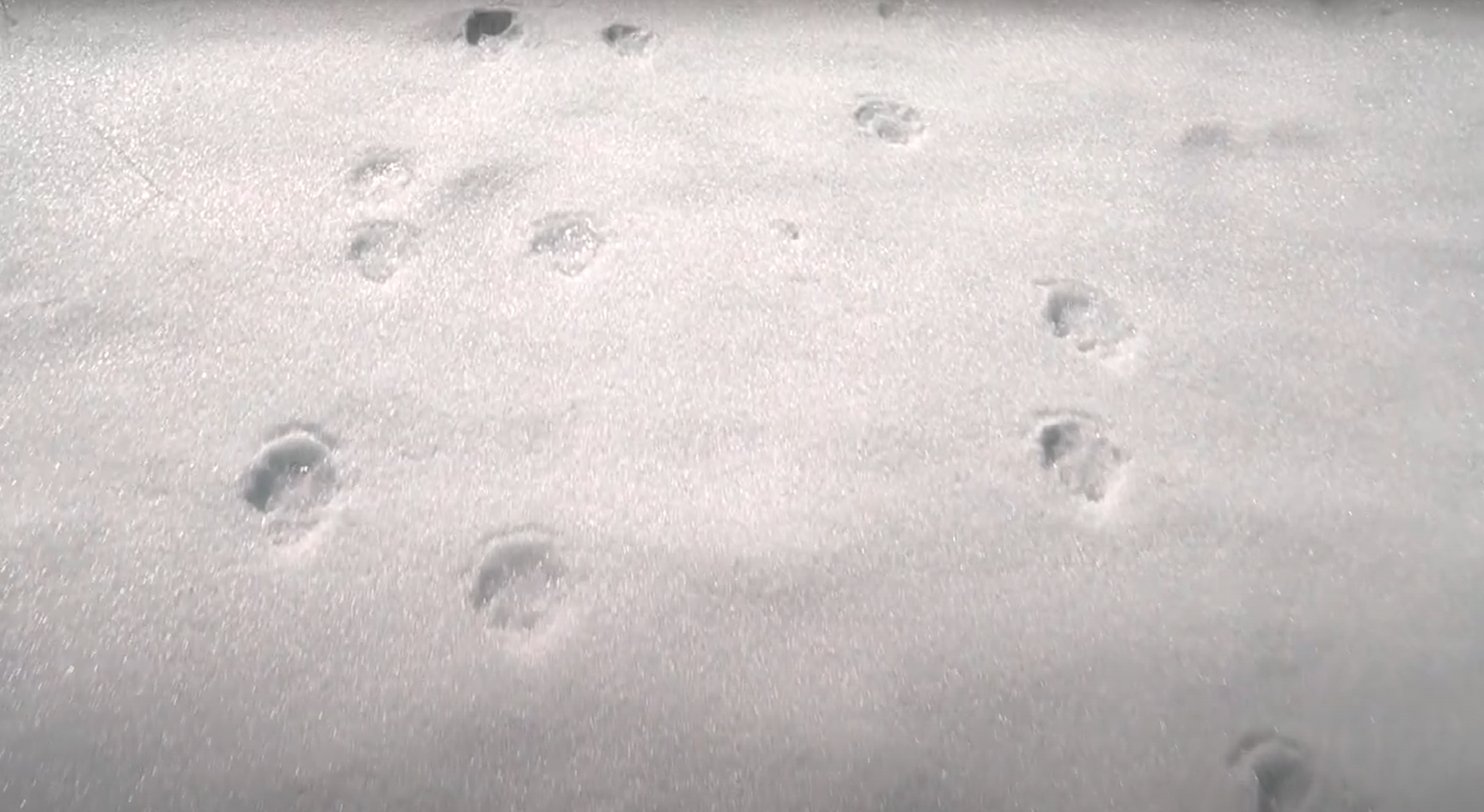Below is part of a joint news release from the U.S. Fish and Wildlife Service, Arizona Game and Fish Department and the New Mexico Department of Game and Fish.
The wild population of Mexican wolves saw another year of growth in 2023, according to the results of the annual survey.
The 2023 population census revealed a minimum of 257 Mexican wolves distributed across Arizona and New Mexico. This increase marks the eighth consecutive year of population growth, the longest continuous streak since recovery efforts began.
The 2023 population minimum count represents a six percent increase from the minimum of 242 wolves counted in 2022. Survey results show the population is distributed with a minimum of 144 wolves in New Mexico and 113 in Arizona.
Among the 2023 findings:
- A minimum of 60 packs were documented at the end of 2023: 37 in New Mexico and 23 in Arizona. A wolf pack is defined as two or more wolves that maintain an established home range.
- A minimum of 138 pups were born in 2023, with at least 86 surviving until the end of the year (a 62 percent survival rate). In general, wild wolf populations have an average survival rate of 50 percent for pup survival in the first year.
- A minimum of 26 breeding pairs (15 in New Mexico, 11 in Arizona) was recorded in 2023.
- There were 113 collared wolves in the wild at the end of the year, which is 44 percent of the minimum population of Mexican wolves.
Mexican wolf population information is gathered from November through February by the Interagency Field Team. During this time, the field team conducts ground and aerial surveys, using a variety of methods including remote cameras, scat collection and visual observation. Counting the population at the same time each winter allows for comparable year-to-year trends at a time of year when the Mexican wolf population is most stable.
(Photo credit: Arizona Game and Fish Department)
